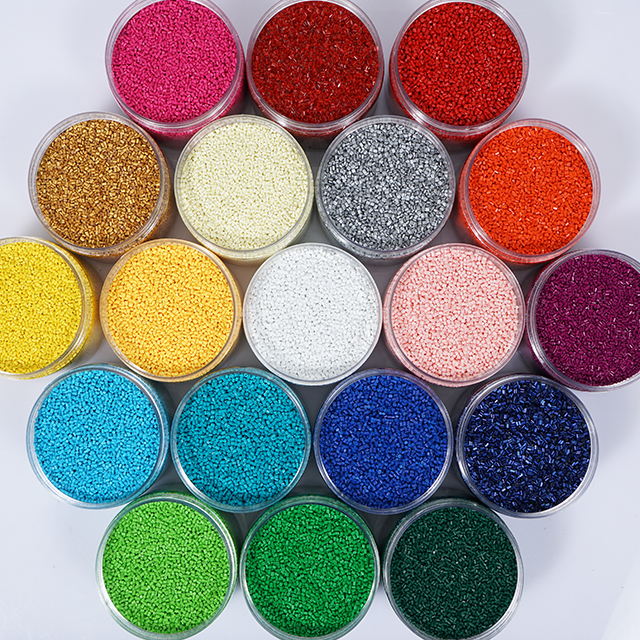Black masterbatch factory tell you how to identify plastic types

The black masterbatch factory teach you how to quickly identify the types of plastics. The following contents hope to be helpful to you:
- Optical method: mainly examine the transparency of raw materials. Generally, the commonly used transparent raw materials are PS, PC, PMMA and as; Translucent raw materials are: PE, random copolymer PP, homopolymer PP, soft PVC, transparent ABS, etc. other raw materials are basically opaque.
- Color discrimination method: Generally speaking, if raw materials without additives contain double bonds, the color will be slightly yellow. For example, ABS, due to butadiene copolymerization, the polymer still contains double bonds after polymerization, so it will be slightly yellow.
- Density method: check the density of various plastics, take the liquid as the medium, and test the ups and downs of the plastics in the liquid medium, so as to roughly identify the categories of plastics. For example, if a piece of plastic is placed in the water and floats on the water surface, it can be concluded that the raw material is not PVC (because the density of PVC is > 1).
- Combustion method: it mainly examines the color of the flame and the smell and smoke emitted during combustion. Generally speaking, the combustion flame of polyolefin raw materials is mostly blue or light blue, the smell is mild and light, and the smoke is white, while most of them are prone to black smoke after combustion, with strong smell. In addition, for example, PE and PP have trickle combustion, while PVC has no trickle combustion, but has self extinguishing. Most other identification methods rely on various instruments, such as infrared spectroscopy, mass spectrometry, nuclear magnetic resonance, differential thermal scanning, thermal analysis, benzene or chlorine raw materials. For more information about functional masterbatch, please pay attention to the update of this site. Thank you for your support